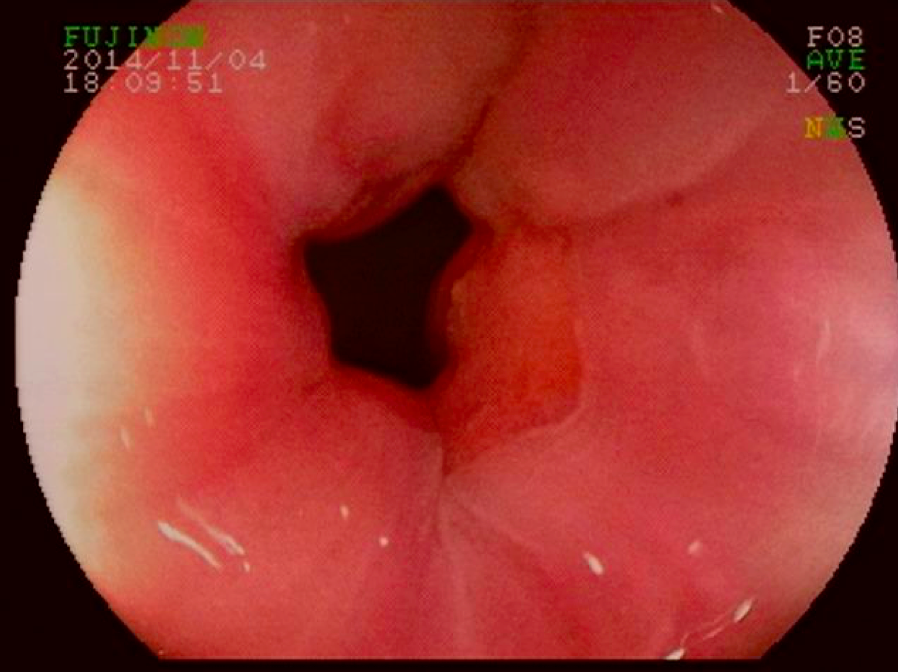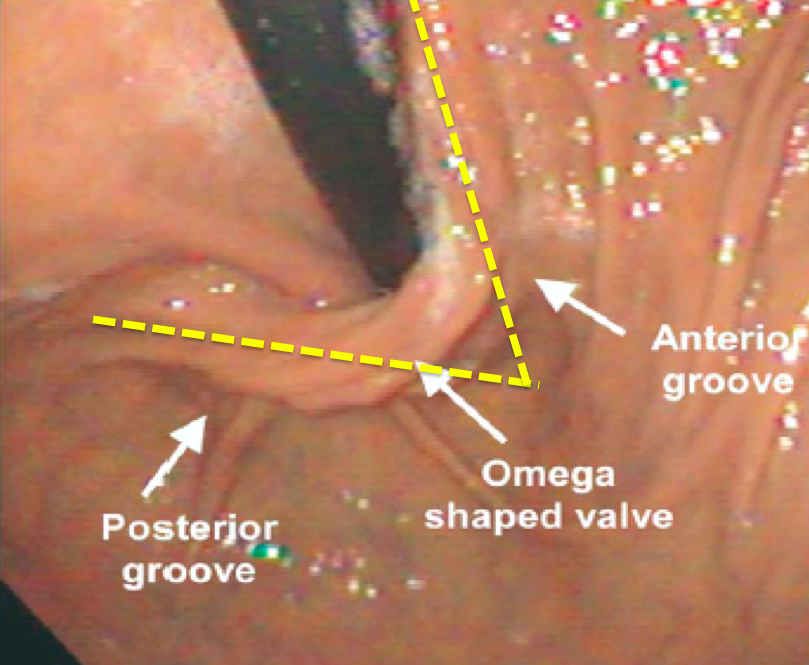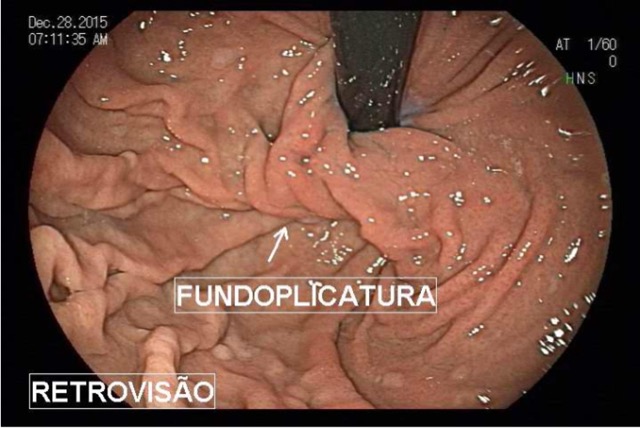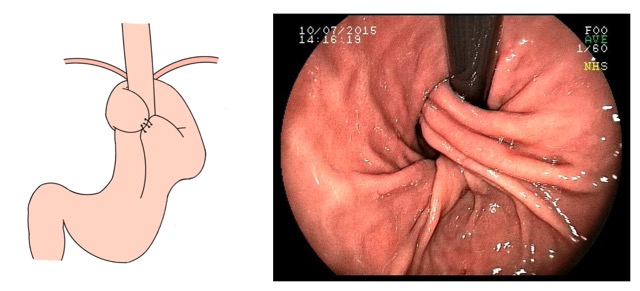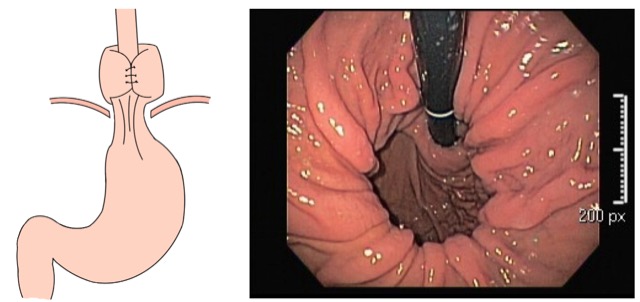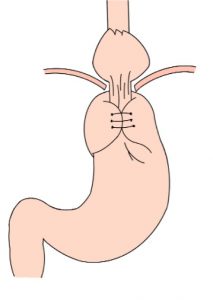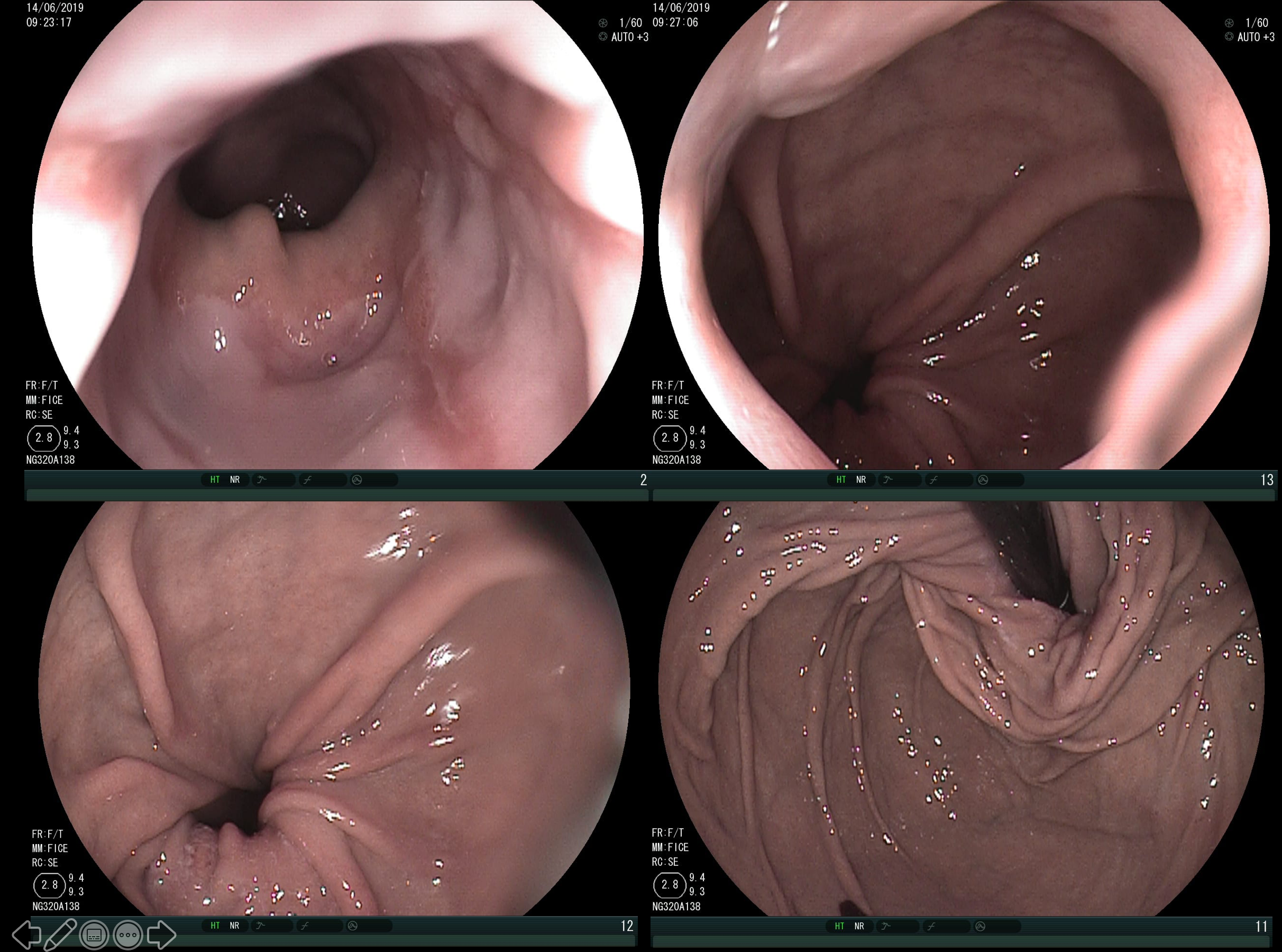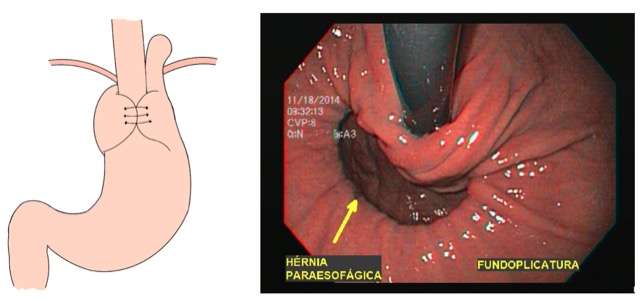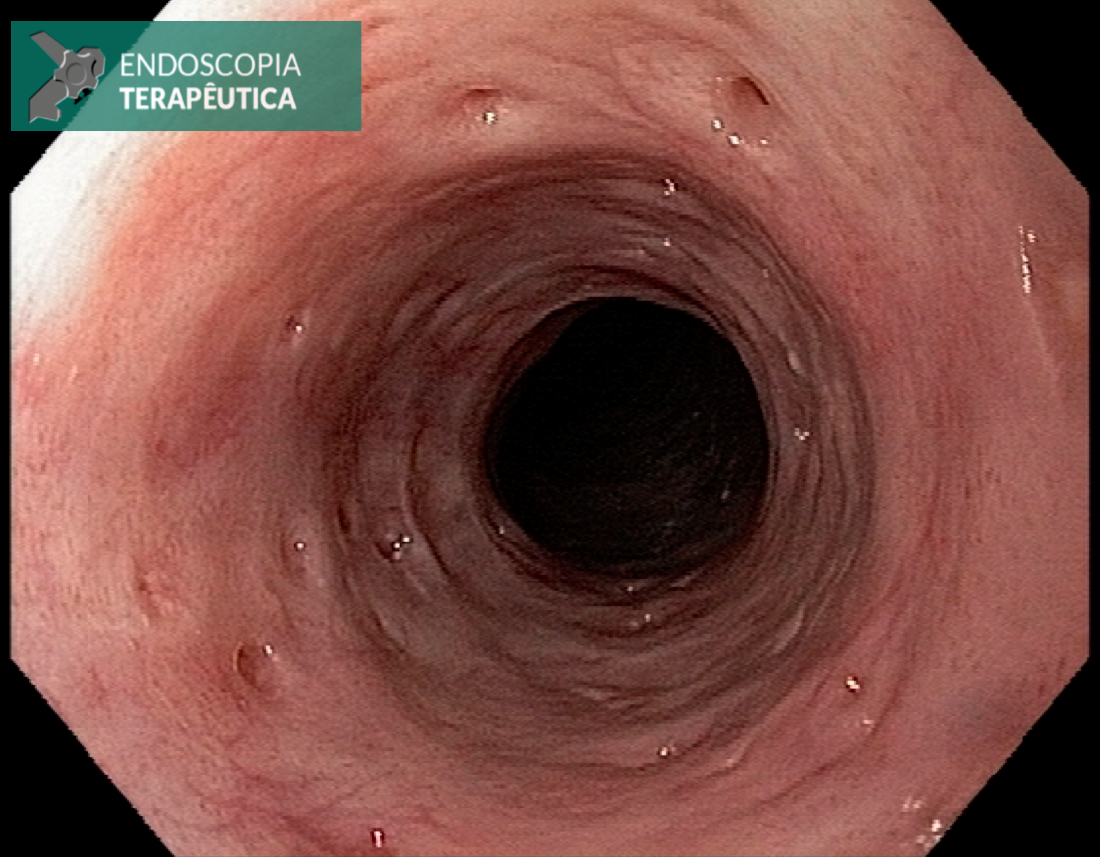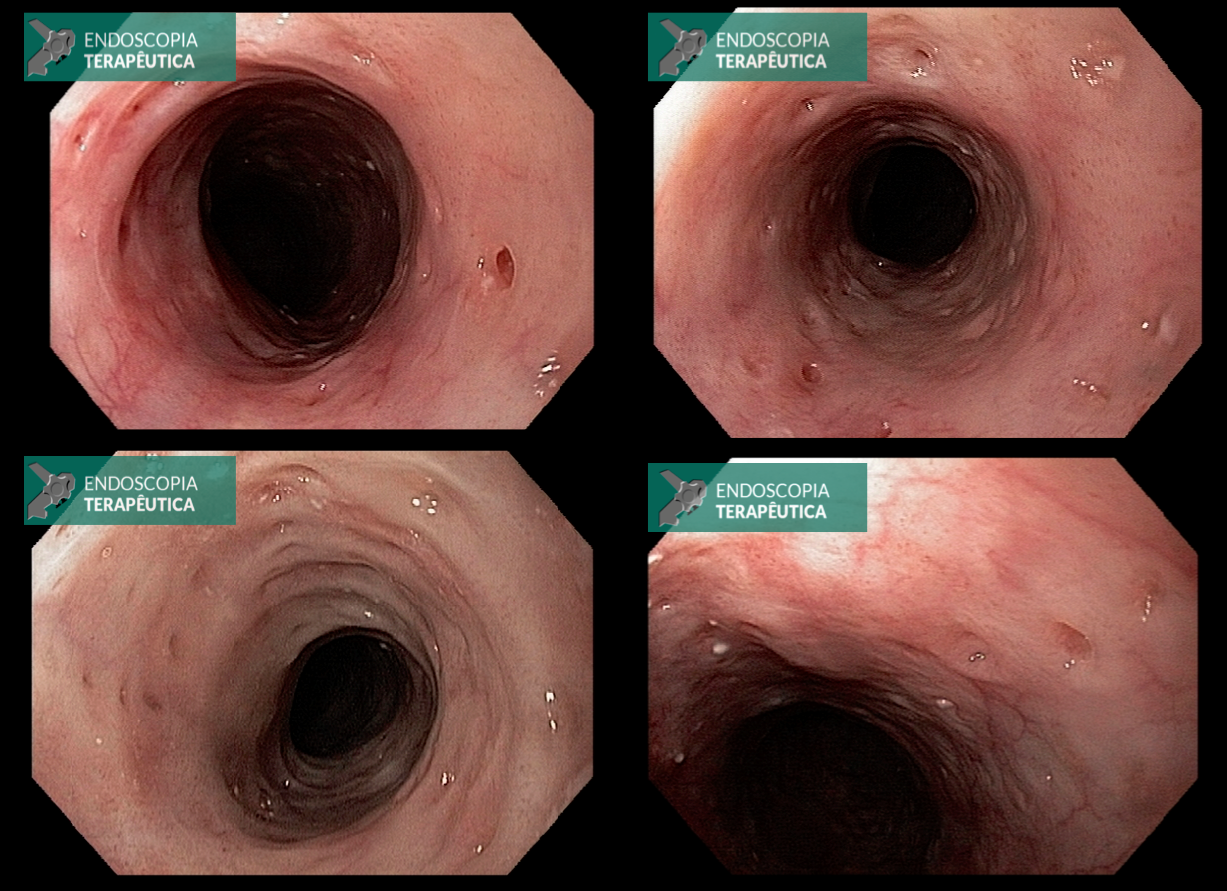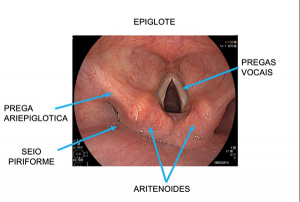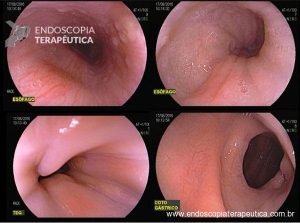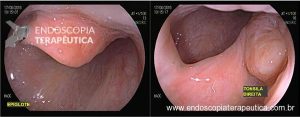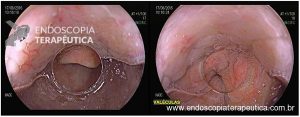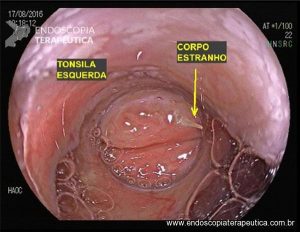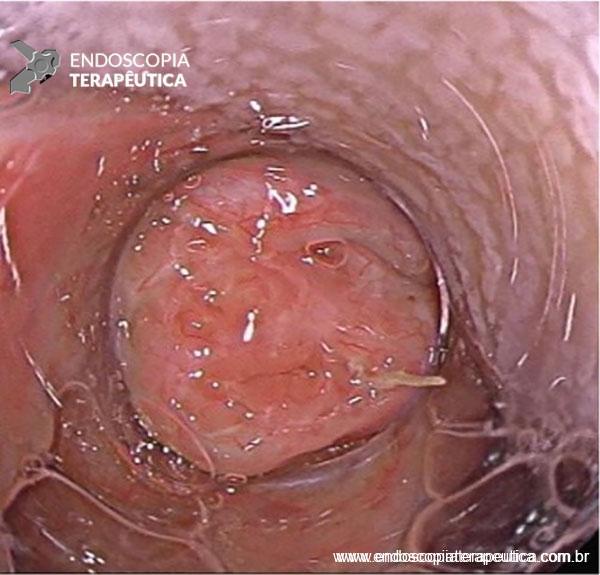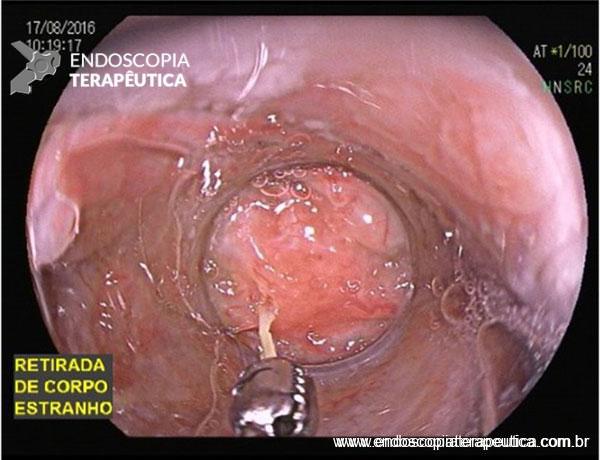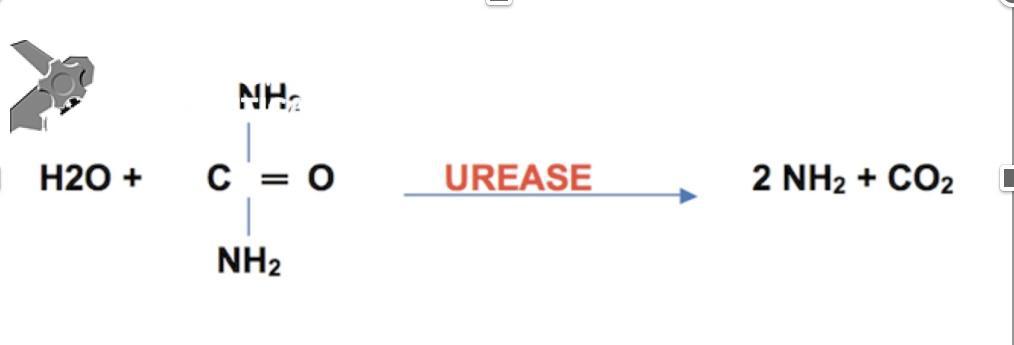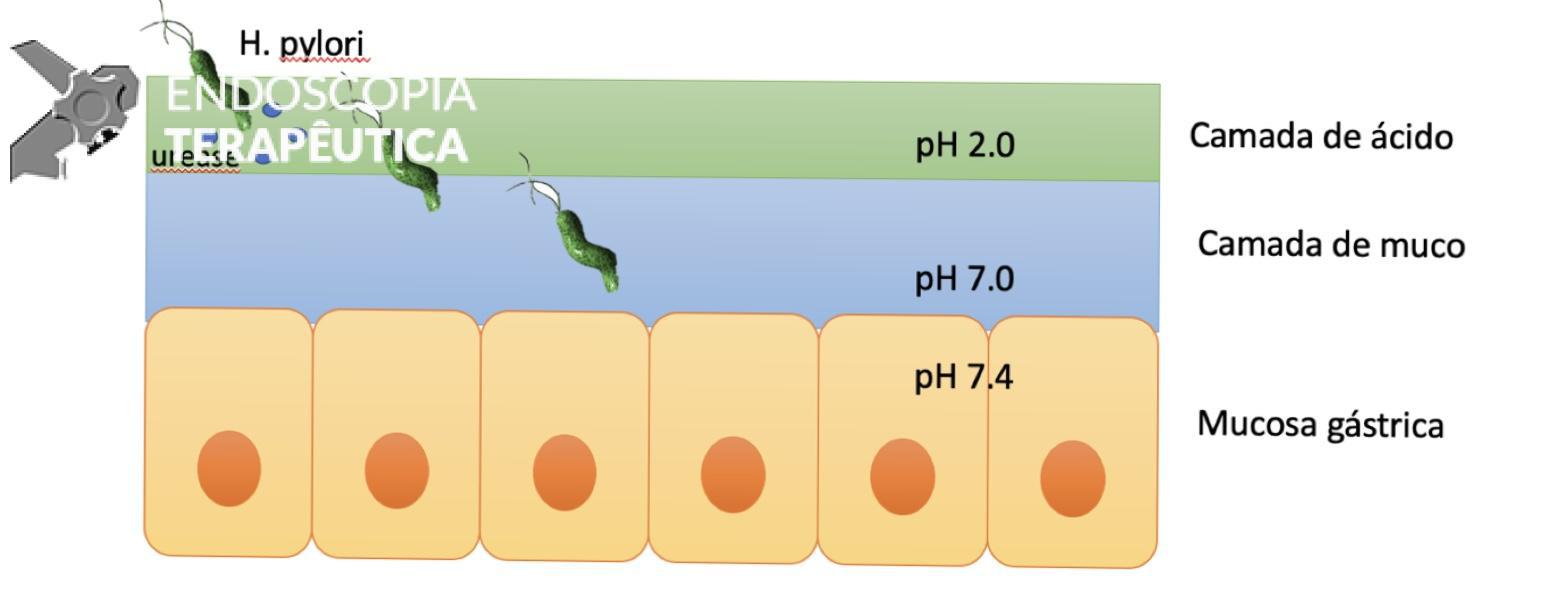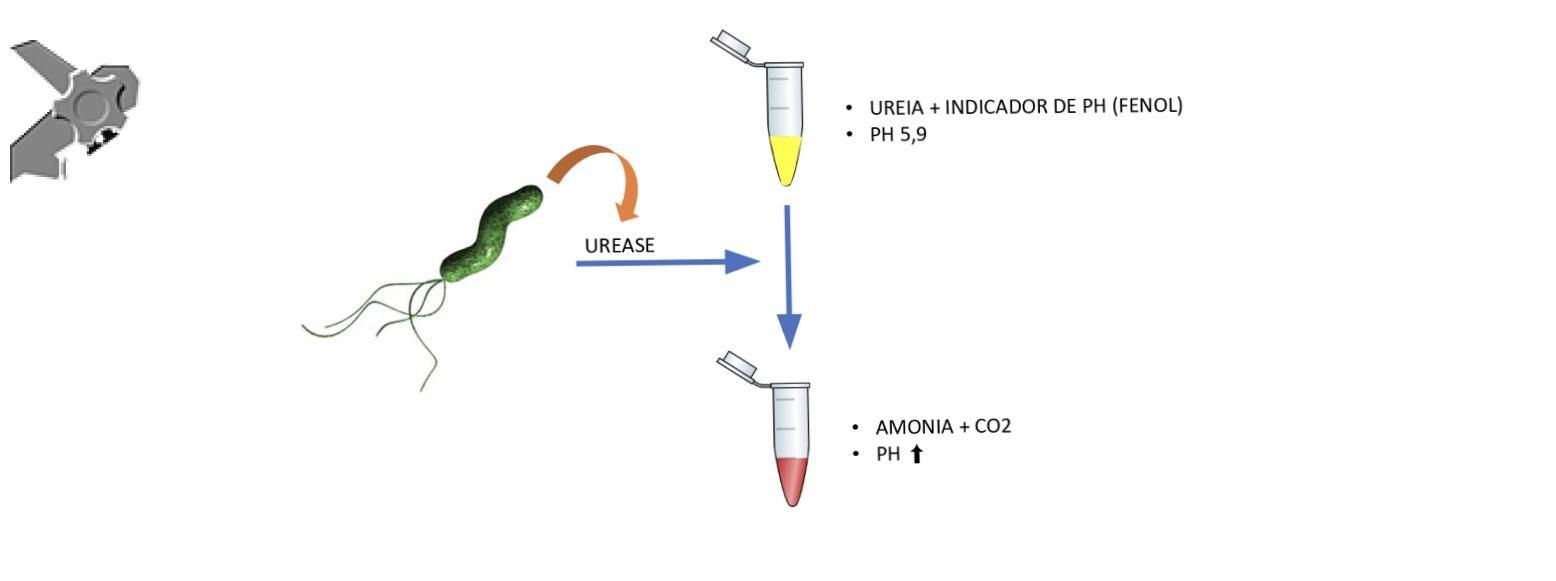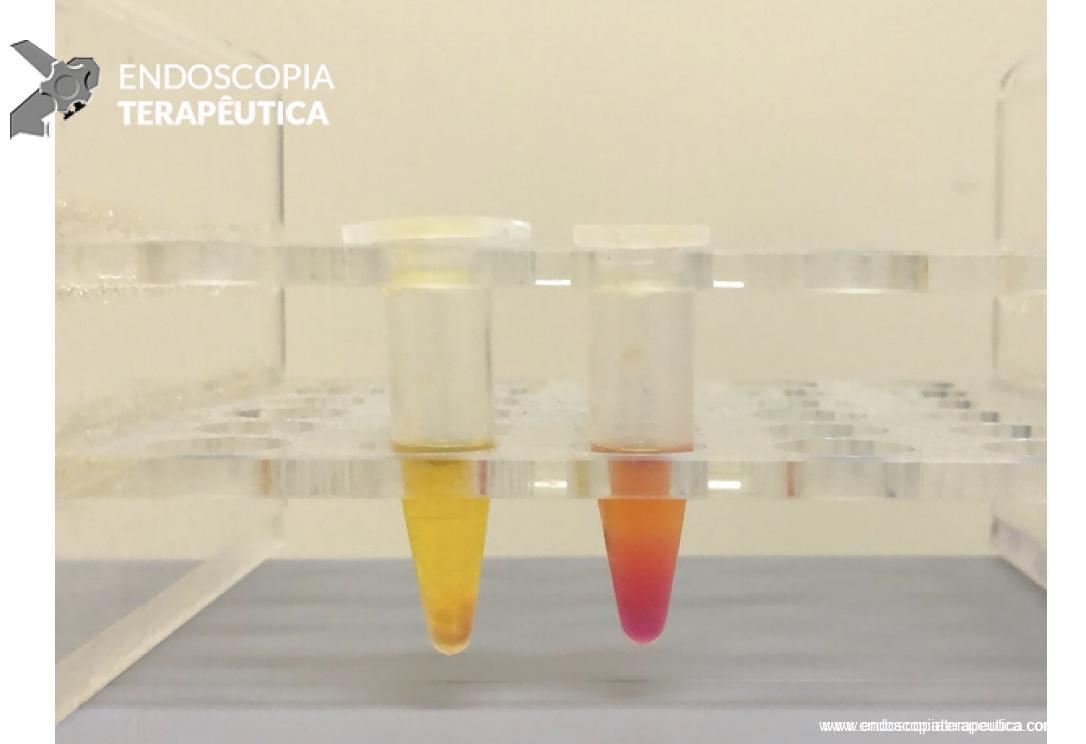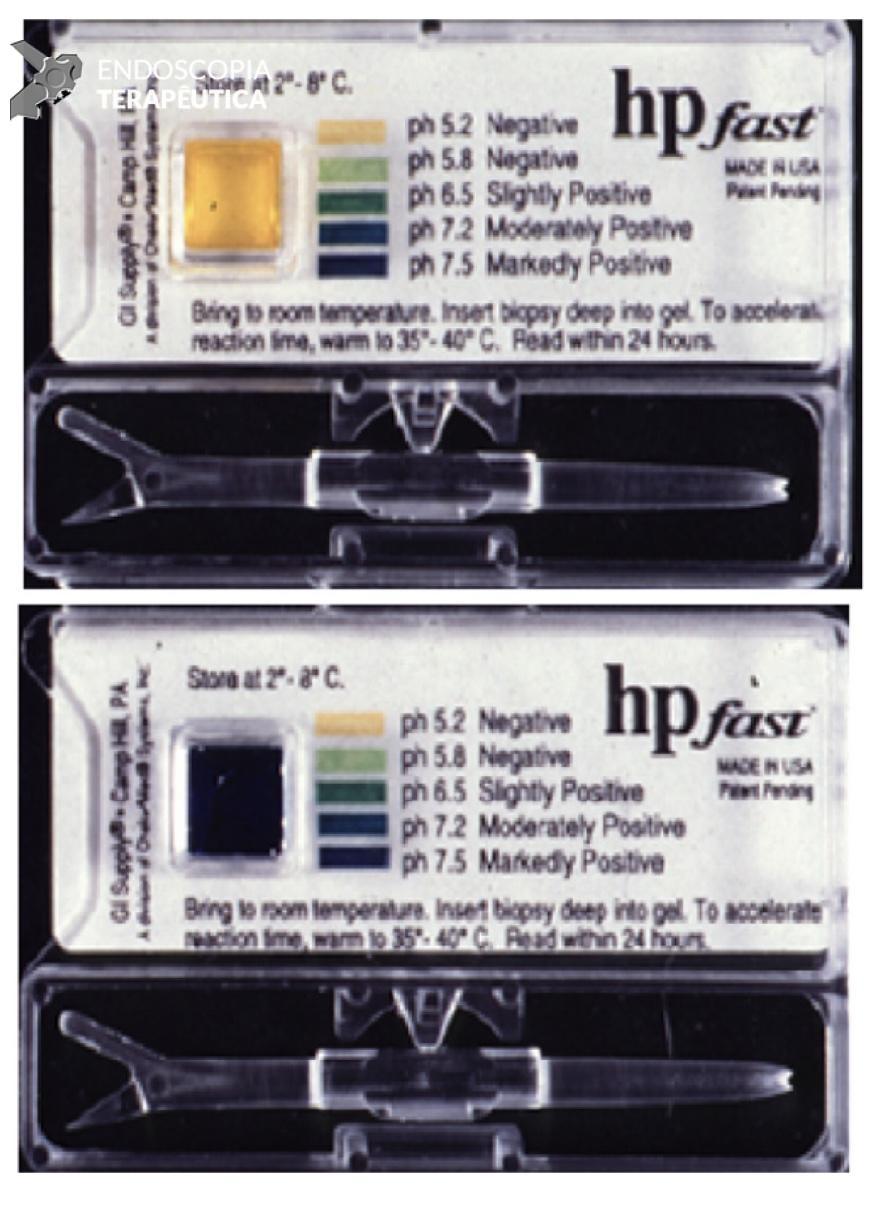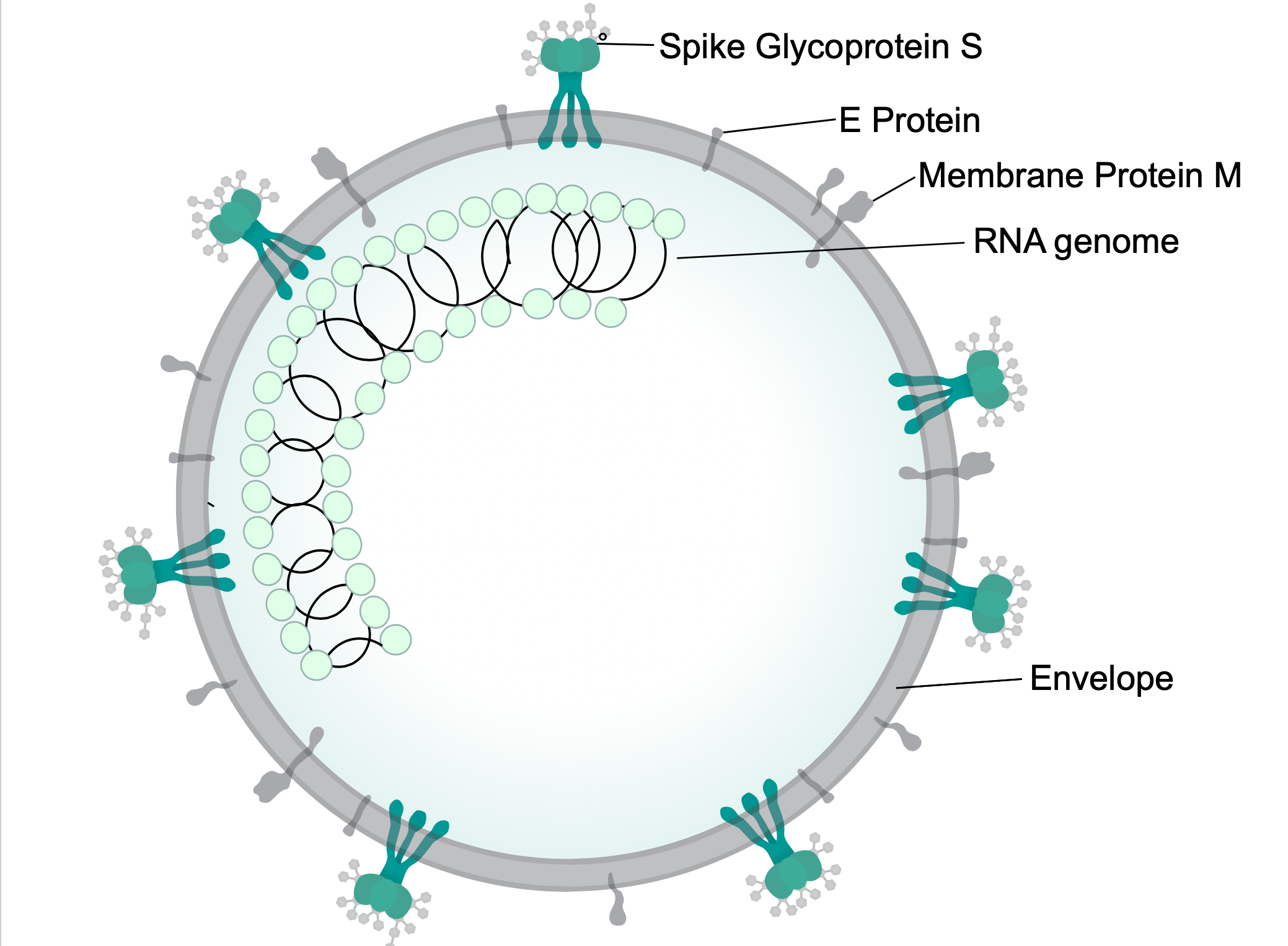Tumores neuroendócrinos do pancreas
Introdução
A incidência dos tumores neuroendócrinos do pâncreas está crescendo, possivelmente devido à realização com maior frequência exames de imagem e à qualidade destes exames. No entanto, sua prevalência felizmente ainda é rara. Esse post do Endoscopia Terapêutica tem a finalidade de servir como um guia de consulta quando eventualmente nos depararmos com uma dessas situações no dia a dia.
Conceitos gerais importantes sobre tumores neuroendócrinos do trato gastrointestinal
Os TNE correspondem a um grupo heterogêneo de neoplasias que se originam de células neuroendócrinas (células enterocromafins-like), com características secretórias.
Todos os TNE gastroenteropancreáticos (GEP) são potencialmente malignos e o comportamento e prognóstico estão correlacionados com os tipos histológicos.
Os TNE podem ser esporádicos (90%) ou associados a síndromes hereditárias (10%), como a neoplasia endócrina múltipla tipo 1 (NEM-1), SD von Hippel-Lindau, neurofibromatose e esclerose tuberosa.
Os TNE são na sua maioria indolentes, mas podem determinar sintomas. Desta forma, podem ser divididos em funcionantes e não funcionantes:
- Funcionantes: secreção de hormônios ou neurotransmissores ativos: serotonina, glucagon, insulina, somatostatina, gastrina, histamina, VIP ou catecolaminas. Podem causar uma variedade de sintomas
- Não funcionantes: podem não secretar nenhum peptídeo/ hormônios ou secretar peptídeos ou neurotransmissores não ativos, de forma a não causar manifestações clínicas.
Tumores neuroendócrinos do pâncreas (TNE-P)
Os TNE funcionantes do pâncreas são: insulinoma, gastrinoma, glucagonoma, vipoma e somatostatinoma.
Maioria dos TNE-P são malignos, exceção aos insulinomas e TNE-NF menores que 2 cm.
A cirurgia é a única modalidade curativa para TNE-P esporádicos, e a ressecção do tumor primário em pacientes com doença localizada, regional e até metastática, pode melhorar a sobrevida do paciente.
De maneira geral, TNE funcionantes do pancreas devem ser ressecados para controle dos sintomas sempre que possível. TNE-NF depende do tamanho (ver abaixo).
Tumores pancreáticos múltiplos são raros e devem despertar a suspeita de NEM1.
A SEGUIR VAMOS VER AS PRINCIPAIS CARACTERÍSTICAS DE CADA SUBTIPO HISTOLÓGICO
INSULINOMAS
- É o TNE mais frequente das ilhotas pancreáticas.
- 90% são benignos, porém são sintomáticos mesmo quando pequenos.
- Cerca de 10% estão associadas a NEM.
- São lesões hipervascularizadas e solitárias, frequentemente < 2 cm.
- Tríade de Whipple:
- hipoglicemia (< 50)
- sintomas neuroglicopenicos (borramento visual, fraqueza, cansaço, cefaleia, sonolência)
- desaparecimento dos sintomas com a reposição de glicose
- insulina sérica > 6 UI/ml
- Peptídeo C > 0,2 mmol/l
- Pró-insulina > 5 UI/ml
- Teste de jejum prolongado positivo (99% dos casos)
GASTRINOMAS
- É mais comum no duodeno, mas 30% dos casos estão no pâncreas
- São os TNE do pâncreas mais frequentes depois dos insulinomas.
- Estão associados a Sd. NEM 1 em 30%, e nesses casos se apresentam como lesões pequenas e multifocais.
- Provocam hipergastrinemia e síndrome de Zollinger-Ellison.
- 60% são malignos.
- Tratamento: cirúrgico nos esporádicos (DPT).
- Na NEM 1, há controvérsia na indicação cirúrgica, visto que pode não haver o controle da hipergastrinemia mesmo com a DPT (tumores costumam ser múltiplos)
GLUCAGONOMAS
- Raros; maioria esporádicos.
- Geralmente, são grandes e solitários, com tamanho entre 3-7 cm ocorrendo principalmente na cauda do pâncreas.
- Sintomas: eritema necrolítico migratório (80%), DM, desnutrição, perda de peso, tromboflebite, glossite, queilite angular, anemia
- Crescimento lento e sobrevida longa
- Metástase linfonodal ou hepática ocorre em 60-75% dos casos.
VIPOMAS
- Extremamente raros
- Como os glucagonomas, localizados na cauda, grandes e solitários.
- Maioria maligno e metastático
- Em 10% dos casos pode ser extra-pancreático.
- Quadro clínico relacionada a secreção do VIP (peptídeo vasoativo intestinal):
- diarréia (mais de 3L litros por dia) – água de lavado de arroz
- Distúrbios hidro-eletrolítico: hipocalemia, hipocloridria, acidose metabólica
- Rubor
- Excelente resposta ao tratamento com análogos da somatostatina.
SOMATOSTATINOMAS
- É o menos comum de todos
- Somatostatina leva a inibição da secreção endócrina e exócrina e afeta a motilidade intestinal.
- Lesão solitária, grande, esporádico, maioria maligno e metastatico
- Quadro clínico:
- Diabetes (75%)
- Colelitíase (60%)
- Esteatorréia (60%)
- Perda de peso
TNE NÃO FUNCIONANTES DO PÂNCREAS
- 20% de todos os TNEs do pâncreas.
- 50% são malignos.
- O principal diagnóstico diferencial é com o adenocarcinoma
TNE-NF bem diferenciados menores que 2 cm: duas sociedades (ENETS e NCCN) sugerem observação se for bem diferenciado. Entretanto, a sociedade norte-americana NETS recomenda observação em tumores menores que 1 cm e conduta individualizada, entre 1-2 cm.
TNE PANCREÁTICO RELACIONADOS A SINDROMES HEREDITARIAS
- 10% dos TNE-P são relacionados a NEM-1
- Frequentemente multicêntricos,
- Geralmente acometendo pessoas mais jovens.
- Geralmente de comportamento benigno, porém apresentam potencial maligno
- Gastrinoma 30-40%; Insulinoma 10%; TNE-NF 20-50%; outros 2%
- Tto cirúrgico é controverso, pq as vezes não controla a gastrinemia (tumores múltiplos)
PS: Você se recorda das neoplasias neuroendócrinas múltiplas?
As síndromes de neoplasia endócrina múltipla (NEM) compreendem 3 doenças familiares geneticamente distintas envolvendo hiperplasia adenomatosa e tumores malignos em várias glândulas endócrinas. São doenças autossômicas dominantes.
NEM-1
- Doença autossômica dominante
- Predispoe a TU (3Ps): Paratireóide; Pituitária (hipófise); Pâncreas,
- Geralmente de comportamento benigno, porém apresentam potencial maligno
- Gastrinoma 30-40%; Insulinoma 10%; TNE-NF 20-50%; outros 2%
- Tto cirúrgico é controverso, pq as vezes não controla a gastrinemia (tumores múltiplos)
NEM-2A:
- Carcinoma medular da tireoide,
- Feocromocitoma,
- Hiperplasia ou adenomas das glândulas paratireoides (com consequente hiperparatireoidismo).
NEM-2B:
- Carcinoma medular de tireoide,
- Feocromocitoma
- Neuromas mucosos e intestinais múltiplos
Referências:
- Pathology, classification, and grading of neuroendocrine neoplasms arising in the digestive system – UpToDate ; 2021
- Guidelines for the management of neuroendocrine tumours by the Brazilian gastrointestinal tumour group. ecancer 2017,11:716 DOI: 10.3332/ecancer.2017.716
Como citar esse artigo:
Martins BC, de Moura DTH. Tumores neuroendócrinos do pancreas. Endoscopia Terapêutica. 2022; vol 1. Disponível em: endoscopiaterapeutica.net/pt/assuntosgerais/tumores-neuroendocrinos-do-pancreas
